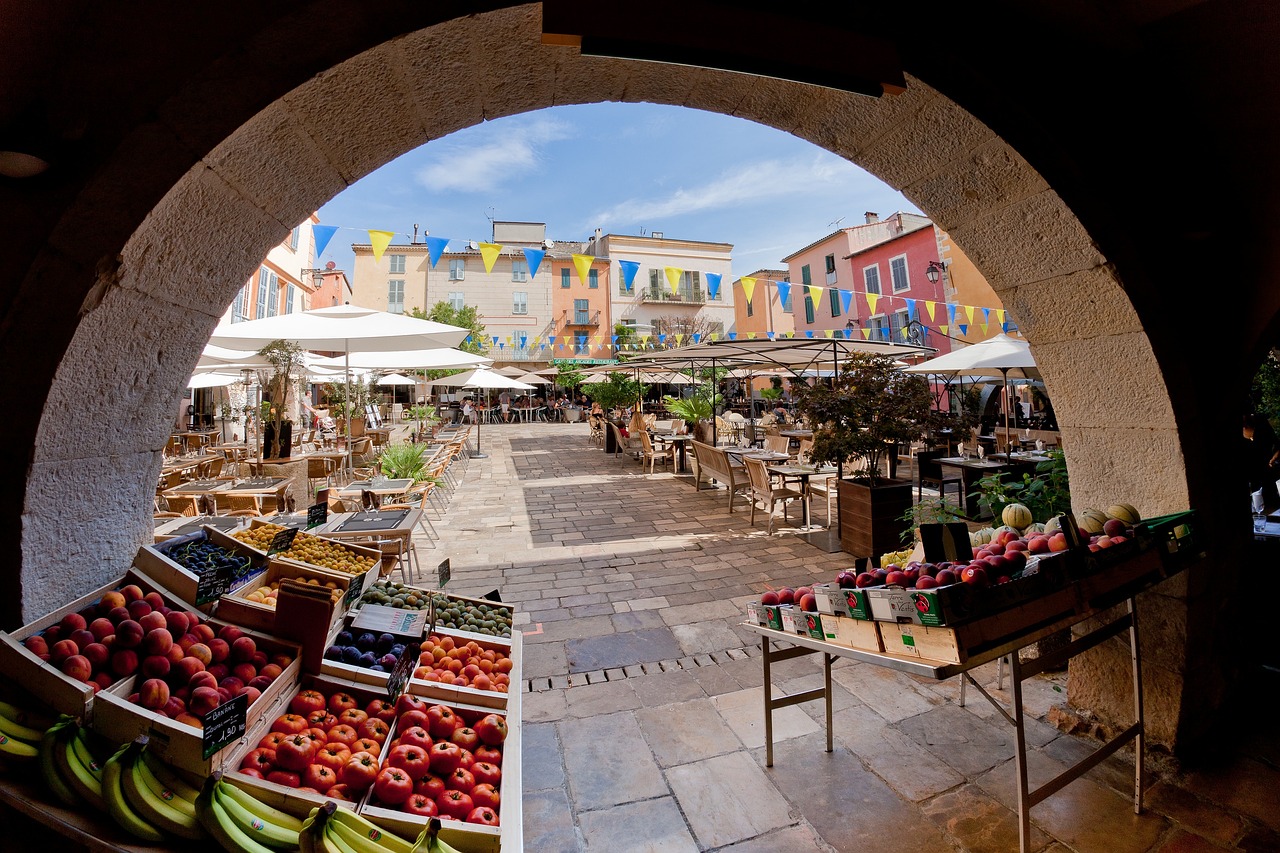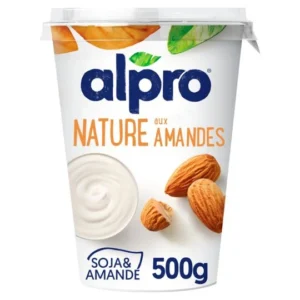
2023 Food and Beverage Trends in France
Share This Post France’s culinary world is distinguished by its ongoing engagement with specific trends and commitment to culinary innovation. The French food and beverage

France’s culinary world is distinguished by its ongoing engagement with specific trends and commitment to culinary innovation. The French food and beverage sector is noted for its capacity to adapt to and accept new trends, whether it’s the rise of plant-based cuisine, the incorporation of foreign flavours, or the exploration of new culinary techniques. These innovations bring new and fascinating dining experiences to the table, appealing to adventurous food lovers. Despite these shifting trends, France remains strongly ingrained in its food and beverage traditions. Traditional French cuisine retains a distinct position in the culinary world, revered for its timeless classics, regional delicacies, and rigorous attention to culinary skill. This balance between embracing innovation and preserving tradition is what makes the culinary landscape of France so captivating and enduring.
Increasing Use of Social Media
Food and beverage trends may spread quickly and reach a large audience thanks to the power of social media. Individuals can use platforms to find new culinary ideas, experiment with new flavours, and engage with the most recent food and beverage innovations. As a result, social media’s influence on food and beverage trends continues to rise, resulting in a dynamic and ever-changing culinary environment. One notable feature is the increase in food photography and the emphasis on visual appeal. Users have been encouraged to post visually stunning food images that showcase culinary creativity, innovative cuisine, and aesthetically pleasant displays. In general, social media can help influence your customers.
A significant rise in cooking accounts has been observed. In the UK, you can find MOB kitchen, and in France specifically, Diego Alary, a well-known Top Chef cooking show candidate, has more than 927k followers on Instagram and over 3.3 Million on TikTok.
Towards Healthier, Vegan, and Plant-Based Food
The popularity of healthy food, plant-based diets, and veganism has been on the rise globally, including in France. More people are exploring plant-based alternatives to meat and dairy products, and restaurants are offering creative and delicious vegan options. It has gained importance in France and globally for several reasons. Here are some key factors contributing to its significance:
The importance of plant-based and vegan cuisine in France reflects a global shift towards more sustainable, compassionate, and health-conscious eating habits. However, it’s worth noting that these dietary choices are still evolving, and individual perspectives and motivations may vary.
Here are some popular brands in the country:
 Source: Monoprix
Source: Monoprix Source: Carrefour
Source: CarrefourLocally Sourced and Seasonal Ingredients
Similarly, the farm-to-table movement is gaining traction, with an emphasis on using locally sourced and seasonal ingredients. The quality, freshness, and sustainability of locally produced food are becoming increasingly valued. Motivational elements include nutritional value, environmental impact, and support for the local economy. Consumers are becoming more aware of the environmental and ethical implications of their food choices. This has resulted in a focus on sustainable practices such as limiting food waste, promoting fair-trade items, and opting for organic and eco-friendly alternatives.
We see cooperatives or ethical supermarkets flourishing in big cities in France where customers are trying to reach local farmers and producers.

Source: Miyam, ethical supermarket located in Paris 3
Innovative Alternatives
An interesting healthy substitution for syrups of sodas would be Air Up beverages. The concept behind Air Up is to create beverages that provide the illusion of flavour without adding any actual ingredients to the liquid. Instead, they use scented air to enhance the perception of taste. The bottles are equipped with a special lid that releases aromatic compounds when the user takes a sip. These scents, such as fruity or herbal aromas, create the sensation of drinking a flavoured beverage, even though the liquid itself is plain water.
The consumption of green-coloured juices made primarily from green vegetables, fruits, and other nutrient-rich ingredients is also surfing on the beverage trend this year. Green juices are often associated with health and wellness due to their high concentration of vitamins, minerals, antioxidants, and phytonutrients.
Towards International Flavours
French food trends have indeed been influenced by global flavours in recent years. While traditional French cuisine continues to be highly regarded, there has been an increasing appreciation for incorporating international ingredients, techniques, and flavours into French dishes. This blending of global influences with French culinary traditions has resulted in a more diverse and dynamic food scene in France. Here are a few ways in which French food trends have embraced world flavours:
These are just a few examples of how French food trends have embraced world flavours. The blending of global influences with French culinary traditions has enriched the food landscape in France, offering a broader range of flavours and culinary experiences to both locals and visitors. An interesting brand to discover this year would be Pap et Pille, where each biscuit created in the form of a small ball is a miniaturised version of a typical recipe that the founders discovered on their travels.
New and Continued Food Experiences and Concepts
In recent years, there has been a rise in immersive dining experiences, such as pop-up restaurants, food trucks, and culinary events. People are seeking memorable and interactive dining experiences that go beyond traditional restaurant settings. France is known for its rich culinary heritage and diverse dining experiences, and despite time flying, tradition still is a huge part of the food and beverage trends this year. Here are three notable food experiences and dining concepts in France:
In conclusion, the 2023 food and beverage trends in France showcase a perfect harmony between tradition and innovation. The French culinary world continues to evolve, embracing global influences while preserving its cherished culinary heritage. From the increasing use of social media to promote and explore new flavors to the rising popularity of healthier, plant-based options and the incorporation of international ingredients, the food and beverage landscape in France is a delightful mix of old and new.
As consumers seek more sustainable and health-conscious choices, the demand for plant-based and vegan products continues to grow, creating opportunities for businesses to cater to this evolving market. Additionally, the focus on locally sourced and seasonal ingredients reflects a shift towards more responsible and environmentally friendly food practices.
Moreover, the diverse dining experiences, ranging from Michelin-starred restaurants to charming bistros and bustling food markets, offer a culinary adventure for locals and visitors alike. The fusion of French traditions with international flavors adds excitement and diversity to the culinary scene, making France a gastronomic destination unlike any other.
If you’re interested in exploring the French food and beverage trends further or considering importing your food and/or beverages business to France, the Operviser team is here to assist you. Reach out to us at contact@operviser.com to learn more about the market, consumer preferences, and how to navigate the ever-evolving food and beverage industry in France. With our expertise and insights, we can help you make informed decisions and find success in this dynamic and captivating culinary landscape. Bon appétit!

Share This Post France’s culinary world is distinguished by its ongoing engagement with specific trends and commitment to culinary innovation. The French food and beverage

Share This Post Before choosing to sell your product or service in the Japanese market, it’s essential to understand the nuances behind Japanese consumer psychology.
